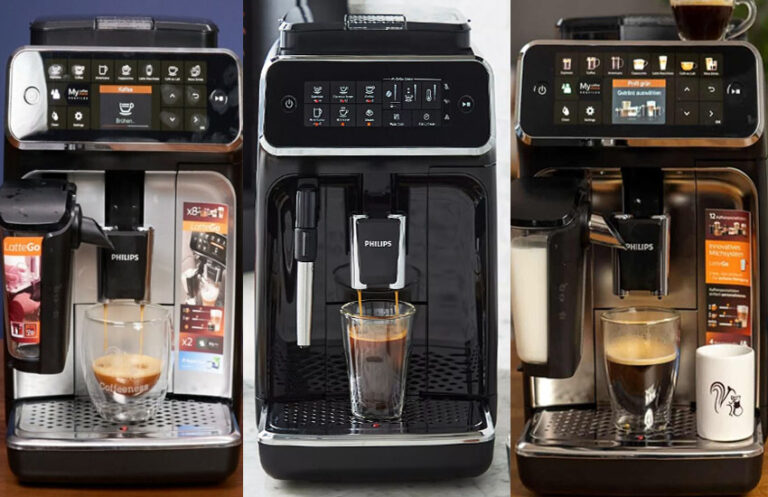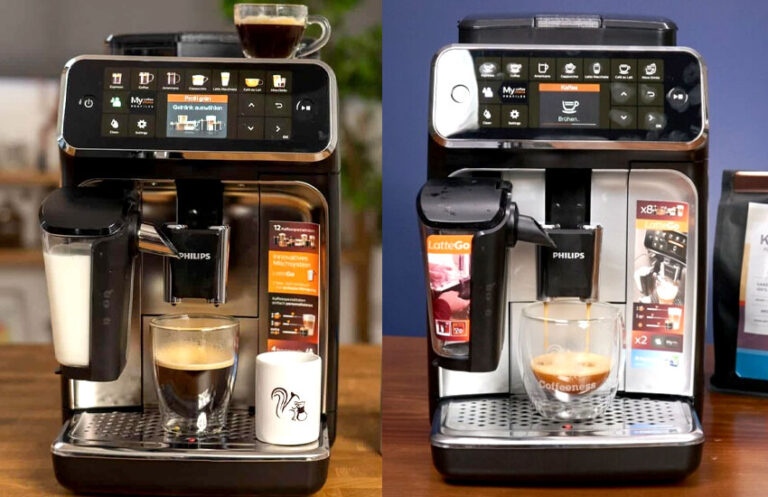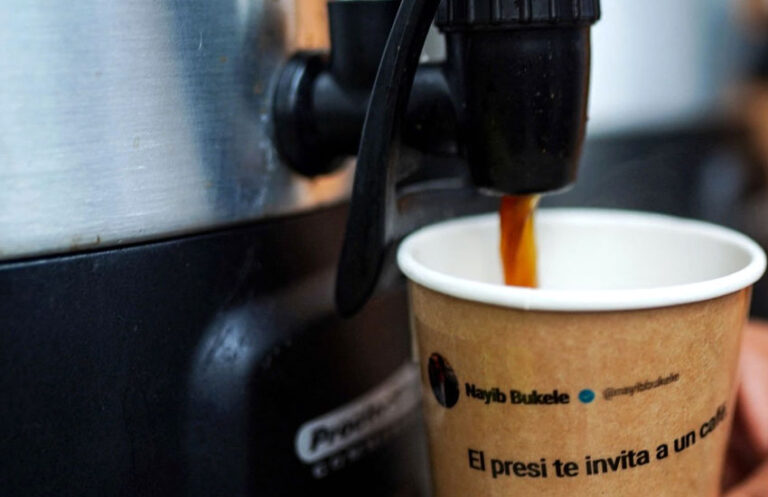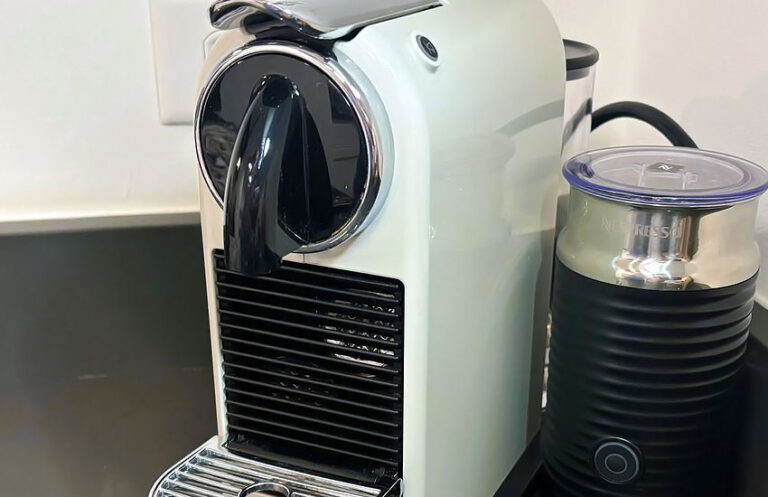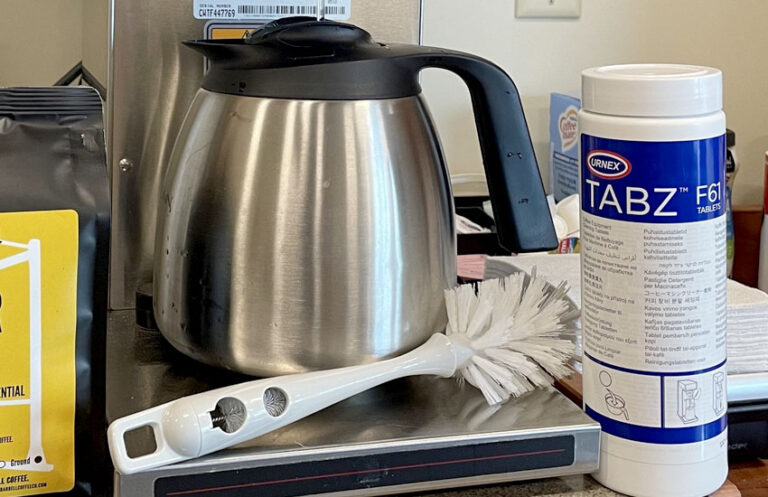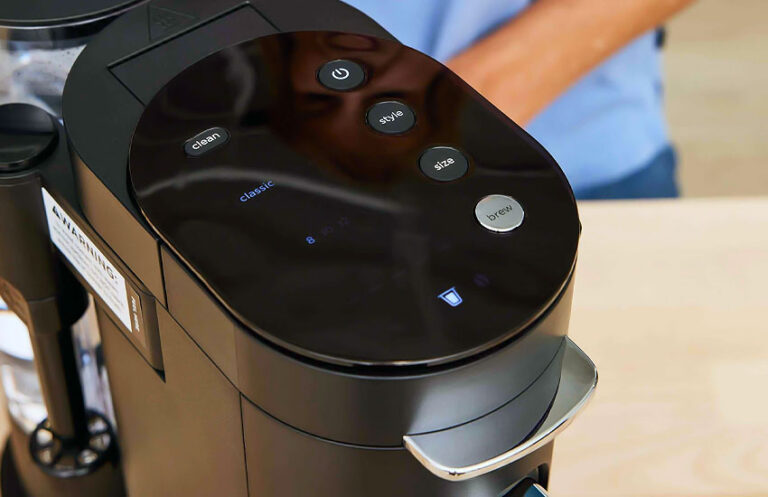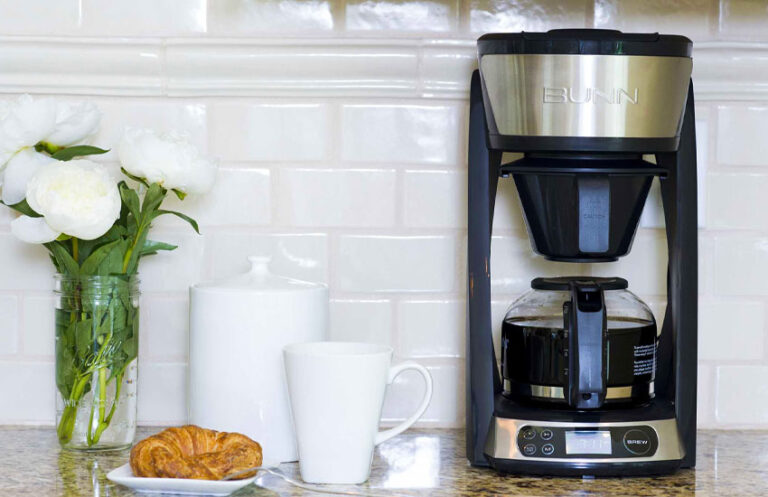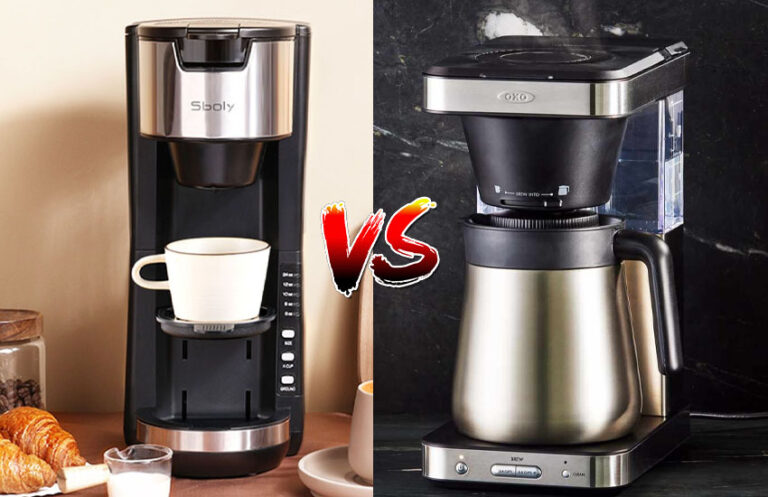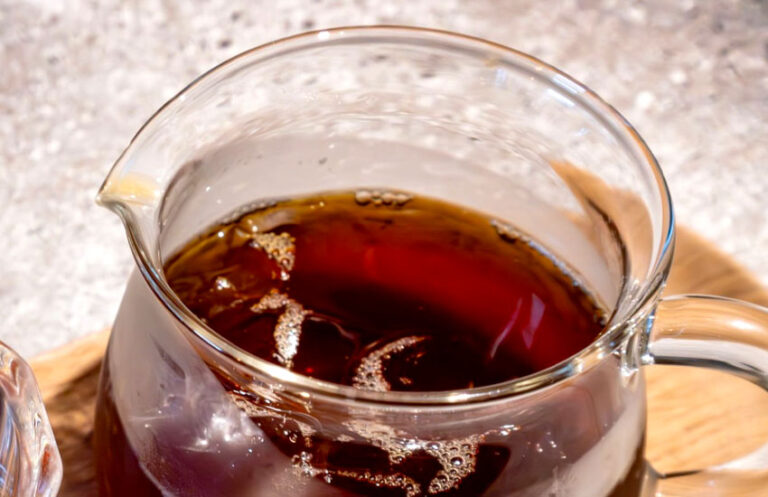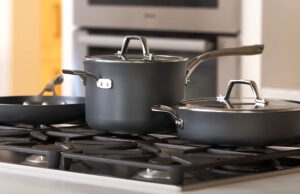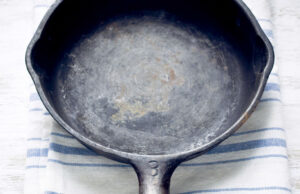As an Amazon Associate, I earn from qualifying purchases at no extra cost to you.
The Science Behind Coffee Brewing: Temperature, Grind Size, and More
Coffee is more than just a beverage; it’s a ritual for millions of people around the world. Whether you’re sipping it slowly in the morning or grabbing a quick cup on the way to work, coffee has become an essential part of daily life. But have you ever wondered what goes on behind the scenes to make that perfect cup of coffee?
There’s a fascinating science behind coffee brewing, which involves a delicate balance of various factors. The temperature, grind size, water quality, and brewing time all play crucial roles in extracting the flavors locked inside the coffee beans. If you want to take your coffee game to the next level, understanding these elements can make a world of difference.
In this blog post, we’ll dive deep into the science behind coffee brewing, focusing on the most important factors that affect the taste of your cup: temperature, grind size, water quality, and brewing methods. Let’s start by looking at the role of temperature, which is one of the most critical aspects of brewing coffee.
The Role of Temperature in Brewing Coffee
When brewing coffee, the temperature of the water plays a pivotal role in how flavors are extracted from the coffee grounds. If the water is too hot or too cold, it can lead to undesirable flavors, and even an under-extracted or over-extracted brew.
Why Temperature Matters
Water temperature affects the solubility of coffee compounds, which determines how much flavor is extracted from the coffee grounds. The ideal brewing temperature is between 195°F and 205°F (90°C to 96°C). This temperature range is optimal for extracting the right balance of flavors without over-extracting bitter compounds or under-extracting the sweet and aromatic notes.
When the water is too hot (above 205°F), it tends to extract more of the bitter compounds, leading to a harsh and undesirable taste. On the other hand, water that is too cold (below 195°F) will under-extract the coffee, resulting in a weak, watery cup that lacks depth and flavor. Therefore, maintaining the proper temperature is essential for achieving that perfect cup of coffee.
The Science Behind Heat and Extraction
To understand why temperature is so crucial, let’s dive into the science of extraction. Coffee beans contain various compounds such as oils, acids, sugars, and other organic molecules. These compounds are locked inside the coffee grounds, and when hot water comes into contact with them, it helps to dissolve and release these flavors. The right temperature ensures that the extraction process is balanced, allowing for the extraction of the good flavors while minimizing the extraction of undesirable ones.
For example, certain compounds like caffeine, which is bitter, and chlorogenic acids, which contribute to acidity, dissolve at higher temperatures. If the water temperature is too high, these compounds can become over-extracted, leading to a bitter and sour taste. Similarly, at lower temperatures, less of the soluble sugars and oils that contribute to sweetness and richness are extracted.
How to Control the Temperature
To get the most out of your coffee brewing, you need to control the temperature of your water. Most modern coffee makers and kettles come with built-in temperature controls, but if you’re brewing coffee manually, you can use a thermometer to check the water temperature before pouring it over the grounds. If you’re using a pour-over method or a French press, it’s essential to wait for the water to cool down a bit after boiling.
For espresso lovers, the ideal water temperature is slightly higher, closer to 200°F, since espresso requires more pressure for the extraction process.

Grind Size and Its Impact on Brewing
While temperature is essential, the grind size of the coffee beans is just as important. The size of the coffee grounds directly affects the rate of extraction. Let’s take a closer look at how grind size influences the final cup of coffee.
What Is Grind Size?
Grind size refers to how finely or coarsely the coffee beans are ground before brewing. The grind size is typically categorized into a few common types:
- Coarse: Large, chunky pieces of coffee, typically used for French press brewing.
- Medium: Similar to sea salt, often used for drip coffee makers and pour-over methods.
- Fine: Powdery consistency, used for espresso.
- Extra Fine: Very fine grounds, typically used for Turkish coffee.
The Science of Grind Size
The grind size affects how quickly water interacts with the coffee grounds. In general, the finer the grind, the faster the extraction will happen. This is because smaller particles have more surface area, allowing water to extract more flavors more quickly. However, if the grind is too fine for a particular brewing method, it can lead to over-extraction, which brings out undesirable bitter flavors.
On the other hand, coarser grinds are ideal for methods like French press brewing, where the coffee grounds are immersed in water for a longer period. Coarse grounds release flavors more slowly, which is why a longer extraction time is necessary. If you use a coarse grind with a fast-brewing method like espresso, the water won’t have enough time to extract the flavors, leading to an under-extracted and weak cup.
Finding the Right Grind for Your Brew
The grind size is directly tied to the brewing method you choose. For instance, espresso requires a fine grind because the extraction time is much shorter, usually 25-30 seconds. French press, on the other hand, benefits from a coarse grind because the grounds are in contact with the water for a longer period, typically 4 minutes. For drip coffee, a medium grind is typically ideal.
Using the wrong grind size can result in either over-extraction or under-extraction, both of which can ruin the taste of your coffee. To achieve the perfect brew, it’s important to experiment with grind size and brewing time to find the right balance.
The Role of Water Quality in Brewing
Water makes up about 98% of your cup of coffee, so the quality of the water you use can have a significant impact on the taste of your coffee. If your water is hard, contains high levels of chlorine, or has an off-putting taste, it will affect the flavor of your coffee.
Why Water Quality Matters
Good water is essential because it dissolves the coffee compounds, including the oils and acids that give coffee its distinct flavor. The best water for brewing coffee is clean, free of impurities, and has a balanced mineral content. Water with too many minerals (hard water) can result in a stale or flat taste, while water with too few minerals (soft water) can result in a weak and underwhelming brew.
The ideal water for brewing should have a balanced mineral content, with a pH level around 7 (neutral). If your tap water tastes bad, consider using filtered water, which can help ensure a better coffee flavor.
How to Improve Water Quality
To improve water quality for brewing, you can use a water filter to remove chlorine, calcium, and other impurities that can affect the taste of your coffee. Alternatively, you can buy bottled water designed specifically for coffee brewing. Another option is to use a water softener to adjust the mineral content of your water.
It’s also worth noting that the temperature of the water is equally important as the water quality. Water that is too hard or soft can alter the extraction process, so it’s important to ensure your water is of good quality and the correct temperature before brewing.
Brewing Methods: How They Affect Extraction
Now that we’ve discussed temperature, grind size, and water quality, it’s important to understand how the method you use to brew coffee can impact the final result. Different brewing methods require different techniques and have varying extraction times, which directly influence the flavor of the coffee.
Brewing Methods and Their Impact
Drip Coffee Makers: The most common brewing method, drip coffee makers use a filter to separate the coffee grounds from the brewed coffee. The water passes through the coffee grounds slowly, extracting flavors over a period of several minutes.
Espresso Machines: Espresso machines force hot water through finely-ground coffee at high pressure. This creates a quick and intense extraction, resulting in a rich, concentrated shot of coffee.
French Press: The French press method involves steeping coarsely ground coffee in hot water for several minutes before pressing it through a filter. This method tends to produce a fuller, richer cup of coffee, with more body due to the oils from the coffee beans.
Pour-Over: Pour-over brewing allows you to control the water flow and temperature more precisely. The grounds are manually saturated with hot water, and the water drips through a filter to produce a clean, flavorful cup.
Cold Brew: Cold brew coffee is made by steeping coarsely ground coffee in cold water for an extended period, typically 12-24 hours. This method results in a coffee concentrate that’s smooth and less acidic than regular coffee.
Each of these brewing methods requires a different grind size, water temperature, and extraction time. The method you choose will influence the overall flavor profile of your coffee, so it’s important to understand which method best suits your taste preferences.
Are These Questions in Your Mind?
Is it true that the brewing temperature can affect caffeine extraction?
Yes, the temperature of the water does affect caffeine extraction. Higher temperatures extract caffeine more efficiently, which is why brewing coffee at the optimal temperature (195°F to 205°F) is essential for achieving a good balance of flavors and caffeine content.
Can I use tap water to brew my coffee?
You can, but it’s not always the best option. Tap water may contain impurities, chlorine, or minerals that can alter the taste of your coffee. Using filtered water can improve the flavor and prevent unwanted elements from affecting the brewing process.
Do I need to grind my coffee beans fresh?
Yes, freshly ground coffee beans provide better flavor because they retain more of their natural oils and compounds that contribute to the aroma and taste of your coffee. Pre-ground coffee loses these compounds quickly after grinding.
Is it possible to over-extract coffee?
Yes, over-extraction occurs when too many bitter compounds are released during the brewing process. This usually happens when the water temperature is too high or the grind size is too fine, leading to an unpleasantly bitter taste.
Can water hardness affect my coffee’s taste?
Yes, hard water, which contains high levels of minerals like calcium and magnesium, can create an off-tasting brew. It can also scale up your coffee maker over time. Soft water may result in weak coffee due to a lack of minerals.
Is French press coffee stronger than drip coffee?
Yes, French press coffee is typically stronger than drip coffee because the brewing process extracts more oils and solids from the coffee grounds, creating a richer and fuller-bodied cup.
Do I need to worry about the grind size for cold brew?
Cold brew requires a coarse grind since the coffee grounds are steeped in water for an extended period. A fine grind can lead to over-extraction and a bitter taste.
Can I use a regular kettle for pour-over coffee?
Yes, but using a gooseneck kettle gives you more control over the flow rate and precision when pouring the water, which is crucial for pour-over brewing.
Is there an ideal brewing time for espresso?
Yes, espresso typically requires around 25-30 seconds for optimal extraction. This time frame allows the espresso machine to extract the rich flavors and oils from the finely ground coffee.
Do I need to adjust the grind size for every brewing method?
Yes, different brewing methods require different grind sizes. For example, espresso requires a fine grind, while French press needs a coarse grind. Adjusting the grind size for each method ensures the best extraction and flavor.

